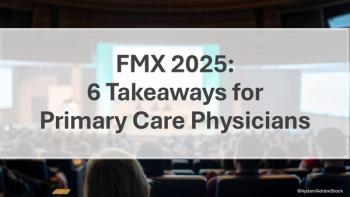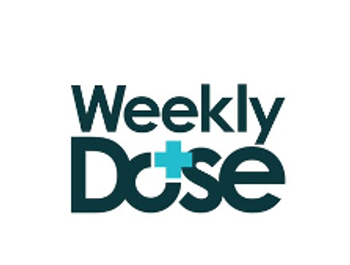
Leading Risk Factors Associated with Childhood Obesity: A Primer for Practitioners
How do low socioeconomic status and adverse childhood experiences tie into pediatric obesity? Here, an overview for practitioners.
We often get asked about the rising
However, 2 other key factors stand out: low socioeconomic status (SES) and adverse childhood experiences (ACEs).
The connection between SES and pediatric obesity has been well documented. Among
The US Department of Agriculture’s
Emotional drivers also contribute to childhood obesity in low SES populations and include mood disorders, such as anxiety and depression, stress, low self-esteem, and negative belief patterns, all of which are associated with excess weight. Children from food-insecure households are more likely to eat past satiation and in the absence of hunger.
ACEs compound obesogenic forces. ACEs include maltreatment, abuse (psychological, physical, or sexual), neglect, witnessing crime, living with parental conflict, or parental substance abuse.
ACEs have been implicated not only in obesity but also in hypertension, cardiovascular disease, and substance use disorders. Childhood trauma can lead to chronic stress, with increased levels of cortisol and ghrelin, and chronic inflammation. Stress has been associated with decreased sleep duration, which evidence shows can contribute to obesity. High stress levels have also been
Programs that improve economic support for children at greatest risk, and screening and services for ACEs throughout childhood can go a long way to address the obesity epidemic. For these types of public health initiatives to succeed, a collaborative approach between communities, the health system, and the government is needed.
For more information on pediatric obesity,the Obesity Medicine Association (OMA) provides
Practitioners may be particularly interested in OMA’s
Modern life may promote obesity from several directions at once, but it also gives us the means to combat this disease. To learn more about OMA’s mission or to become a member, visit www.obesitymedicine.org.
Abby Bleistein, MD, is the founder and director of Healthful Life MD, where she currently practices obesity medicine in Golden, Colorado. Healthful Life MD is a comprehensive, multi-disciplinary medical weight loss practice that helps people with sustainable lifestyle change.
In 2016, Dr Bleistein was recognized by the OMA as Candidate of the Year. She has served on the Pediatric Committee and the Advocacy Committee of the OMA.
Newsletter
Enhance your clinical practice with the Patient Care newsletter, offering the latest evidence-based guidelines, diagnostic insights, and treatment strategies for primary care physicians.






























































































































































































































































































